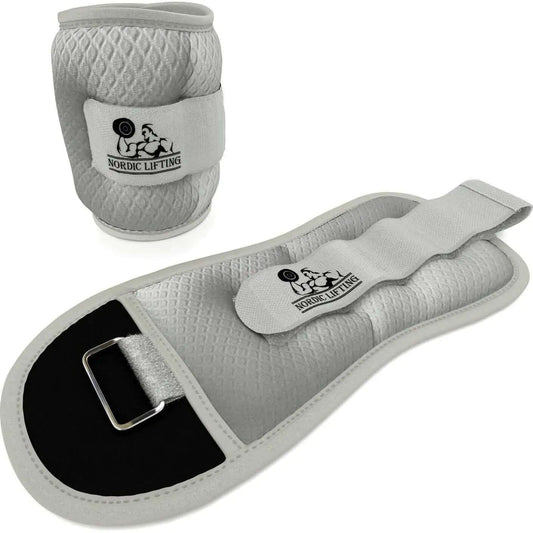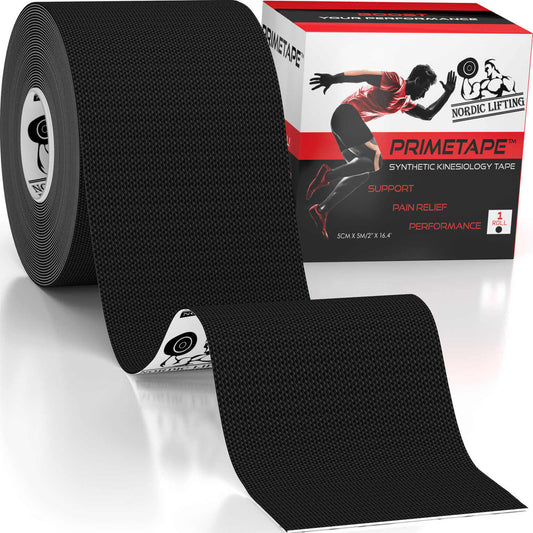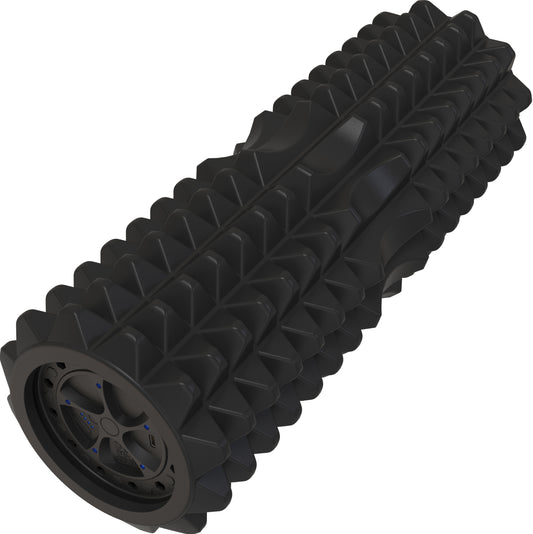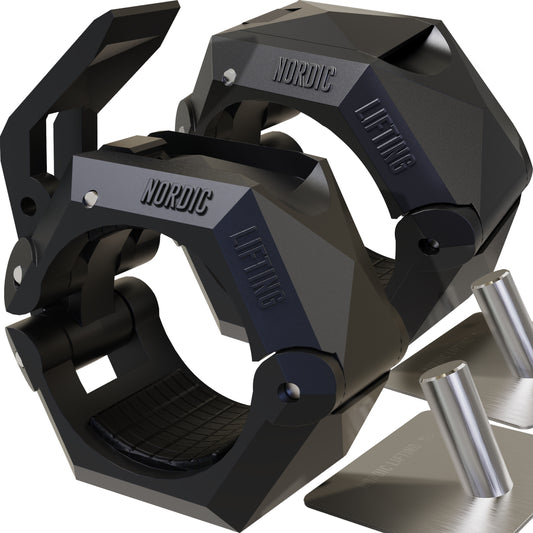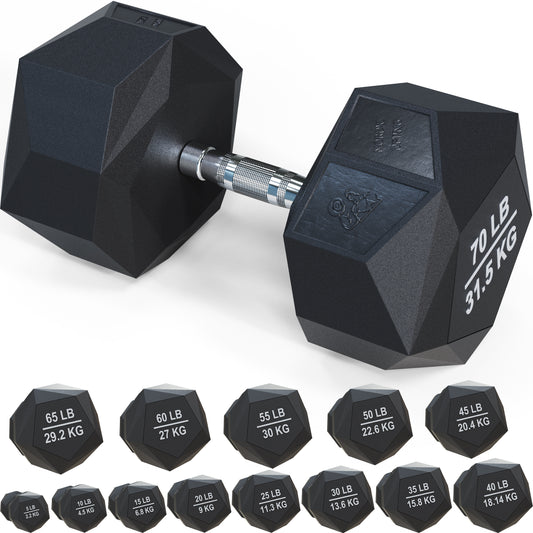Last Updated: February 7, 2025
Strengthening the glute muscles isn’t just about aesthetics; it's also crucial for overall fitness and stability. Targeted exercises for the butt can enhance athletic performance, improve posture, and reduce the risk of injury. Whether a person is a beginner or more advanced, there are effective workouts available to suit different fitness levels.
From basic movements like squats to more challenging exercises such as hip thrusts, each variation activates the glutes in unique ways. These exercises can be done at home or in the gym, making it easy to fit them into any routine. By understanding how to properly engage the glutes, one can maximize the effectiveness of their butt workout.
Including these exercises in a regular routine can lead to noticeable changes. With commitment and the right techniques, anyone can work towards a stronger, more toned backside.
Key Takeaways
- Targeted glute exercises improve strength and stability.
- Various workouts are available for different fitness levels.
- Proper techniques enhance workout effectiveness and results.
Understanding Glute Anatomy and Function
The glutes play a vital role in body movement and strength. Understanding the anatomy and function of these muscles can help improve workouts and overall health.
Gluteus Maximus
The gluteus maximus is the largest and most powerful muscle in the buttocks. It primarily extends the hip, which is essential for movements like standing up from a seated position, climbing stairs, and running. This muscle also contributes to hip stabilization and plays a key role in maintaining an upright posture.
In activities that require power, such as sprinting or jumping, the gluteus maximus provides the strength needed to propel the body. Strengthening this muscle can enhance athletic performance and improve functional fitness. Incorporating exercises like squats and hip thrusts can target this muscle effectively.
Gluteus Medius and Minimus
The gluteus medius and gluteus minimus are located on the sides of the hips. The gluteus medius helps with hip abduction, which means moving the leg away from the body. It also stabilizes the pelvis when walking or running.
The gluteus minimus assists with similar functions but is smaller and deeper. Both muscles play a crucial role in maintaining balance and proper alignment during various activities. Strengthening these muscles can reduce the risk of injury, especially to the knees and lower back. Side-lying leg lifts and clamshells are effective exercises for targeting these muscles.
Importance of Glute Activation for Overall Health
Glute activation is important for maintaining mobility and strength. Weak glutes can lead to compensatory movement patterns, which may cause discomfort or injury over time. Engaging the glutes during workouts helps maximize performance and enhances muscle coordination.
Focusing on glute strength can also improve posture and combat lower back pain. Regular activation and strengthening through specific exercises can lead to better alignment and reduced strain on other muscle groups. Additionally, strong glutes contribute to overall athletic performance and efficiency in daily activities.
Fundamental Glute Exercises
Strengthening the glutes is essential for improving overall performance and stability. Focusing on fundamental exercises can help build strength and shape. Key movements include squats, deadlifts, and bridges, each targeting the glutes effectively.
Squats and Their Variations
Squats are a primary exercise for glute development. The standard squat engages multiple muscles, including the glutes, quadriceps, and hamstrings. A barbell squat increases resistance, enhancing muscle activation.
Variations like the sumo squat position the feet wider apart, targeting the inner thighs and glutes more. Meanwhile, single-leg squats challenge balance and stability, further engaging the glutes.
Proper form is crucial. The knees should track over the toes, and the back must remain straight to avoid injury. Aim for 3 sets of 8-12 reps, adjusting the depth for comfort and safety.
Deadlifts and Hip-Dominant Exercises
Deadlifts are a key hip-dominant exercise that also targets the glutes. This movement involves lifting a barbell or dumbbells from the ground, engaging the entire posterior chain. The Romanian deadlift focuses more on the hamstrings and glutes than the standard deadlift.
When performing deadlifts, maintaining a flat back and keeping the weight close to the body is essential. This reduces the risk of injury while maximizing muscle activation.
Incorporating exercises like single-leg deadlifts adds balance training, putting more emphasis on each glute. Perform 3 sets of 6-10 reps for effective glute strength building.
Bridges and Hip Thrusts
Bridges and hip thrusts are excellent for isolating the glute muscles. The glute bridge can be performed with body weight or with added resistance, such as a barbell across the hips.
To perform a bridge, one lies on their back with knees bent and feet flat on the ground. Lifting the hips towards the ceiling engages the glutes effectively.
Hip thrusts are similar but are performed with the shoulders resting on a bench, allowing for a greater range of motion. This variation significantly activates the glutes and can lead to impressive strength gains. Aim for 3 sets of 10-15 reps for optimal results.
Advanced Glute Training Techniques
Advanced glute training techniques focus on maximizing muscle engagement and growth. By incorporating tools and strategies such as resistance bands, kettlebells, and specific training methods, she can enhance her workouts for better results.
Incorporating Resistance Bands
Resistance bands are an effective tool for increasing glute activation. They provide constant tension throughout exercises, helping to engage the glutes more effectively.
- Hip Thrusts: Placing a band just above the knees during hip thrusts adds resistance that challenges the glutes in the upward motion.
- Lateral Band Walks: This exercise targets the gluteus medius. She can perform side steps while keeping tension in the band, ensuring the muscles work continuously.
Using bands also allows for variations in strength training, making workouts more versatile and engaging.
Complex Movements for Glute Building
Complex movements combine several exercises and recruit multiple muscle groups, promoting glute growth effectively.
- Kettlebell Swings: This movement involves swinging a kettlebell between the legs and using the hips to drive it upward. This engages the glutes as she drives the hips forward.
- Deadlifts: Variations like Romanian deadlifts effectively target the hamstrings and glutes. Ensuring proper form is essential to maximize strength training benefits.
Incorporating these movements can lead to significant improvements in strength, stability, and muscle tone.
Time Under Tension and Progressive Overload
Time under tension refers to how long the muscles are under strain during an exercise. This technique can enhance glute growth when applied correctly.
- Slow Eccentric Movements: Performing the lowering phase of squats or hip thrusts slowly increases tension on the glutes, leading to muscle growth.
- Progressive Overload: Gradually increasing weights or resistance ensures that the muscles consistently face new challenges.
Combining these methods fosters continued improvement and prevents plateaus in strength training routines.
Glute Workouts for Various Fitness Levels
Different fitness levels require tailored glute workouts that address strength and ability. Each stage guides individuals in building muscle and achieving a toned butt effectively.
Workouts for Beginners
Beginners should focus on mastering bodyweight movements to build strength safely. Key exercises include:
-
Glute Bridges: Start by lying on your back with knees bent. Lift your hips while squeezing the glutes. Hold for a few seconds before lowering down.
-
Clamshells: Lie on your side with knees bent at a 90-degree angle. Keep feet together and lift the top knee while keeping the hips stable.
-
Lateral Band Walks: Place a resistance band around the thighs. Step side-to-side, engaging the glute medius.
Aim for 2-3 sets of 12-15 repetitions to help beginners develop a strong foundation for more complex workouts.
Intermediate Butt Workouts
For those ready to increase intensity, adding weights can enhance muscle growth. Consider incorporating exercises such as:
-
Bulgarian Split Squats: With one foot on a bench behind, lower into a squat and push through the front heel.
-
Step-Ups: Step onto a bench or sturdy surface with one foot, then bring the other foot up, focusing on using the glutes.
-
Hip Thrusts: Using a bench for support, place shoulders on it while driving the hips towards the ceiling, squeezing the glutes at the top.
These workouts should involve 3-4 sets of 8-12 reps. This is the perfect time to challenge the muscles while maintaining proper form.
Advanced Routines for Strong Glutes
Advanced individuals can maximize their glute potential with challenging exercises. These include:
-
Sumo Squats: Stand with feet wider than shoulder-width apart. Squat down, keeping the chest up and pushing through the heels.
-
Curtsy Lunges: Step one leg behind and to the side in a curtsy position. This technique targets the glutes and inner thighs.
-
Donkey Kicks: From a tabletop position, lift one leg towards the ceiling, keeping the knee bent. Squeeze the glute at the top of the movement.
Adding weights and resistance bands can increase intensity. Aim for 4-5 sets of 6-10 reps for these advanced exercises to effectively build strength and muscle mass.
Frequently Asked Questions
Many people have questions about exercises that target the glutes. Understanding which workouts are most effective and how to see results can help in achieving a toned and shapely butt.
What exercises can increase glute size rapidly?
Exercises like squats, lunges, and hip thrusts can effectively increase glute size. These movements target the glute muscles intensely, promoting muscle growth when performed consistently with the right form and intensity.
Which workouts are most effective for lifting and toning the buttocks?
To lift and tone the buttocks, step-ups, glute bridges, and deadlifts are highly recommended. These exercises engage multiple muscles and help create a firmer appearance in the glutes.
How can I enhance and lift my buttocks within a week?
In one week, focusing on high-intensity workouts that include squats, lunges, and plyometric exercises can produce noticeable results. Additionally, maintaining a protein-rich diet aids muscle recovery and growth.
What gym exercises focus on strengthening the butt?
At the gym, machines like the leg press, cable kickbacks, and squat racks are effective for strengthening the butt. Using weights with these exercises increases resistance, further enhancing the muscle-building process.
Can exercise alone recontour the shape of the buttocks?
Exercise can significantly improve the shape of the buttocks, but results vary based on body type and genetics. Combining targeted workouts with a healthy diet maximizes the chance of reshaping the glutes effectively.
What are the best glute exercises for females looking to enhance their lower body?
Females can benefit from exercises like Bulgarian split squats, glute bridges, and resistance band lateral walks. These exercises are effective for targeting the glutes while also helping to tone and strengthen the lower body.







